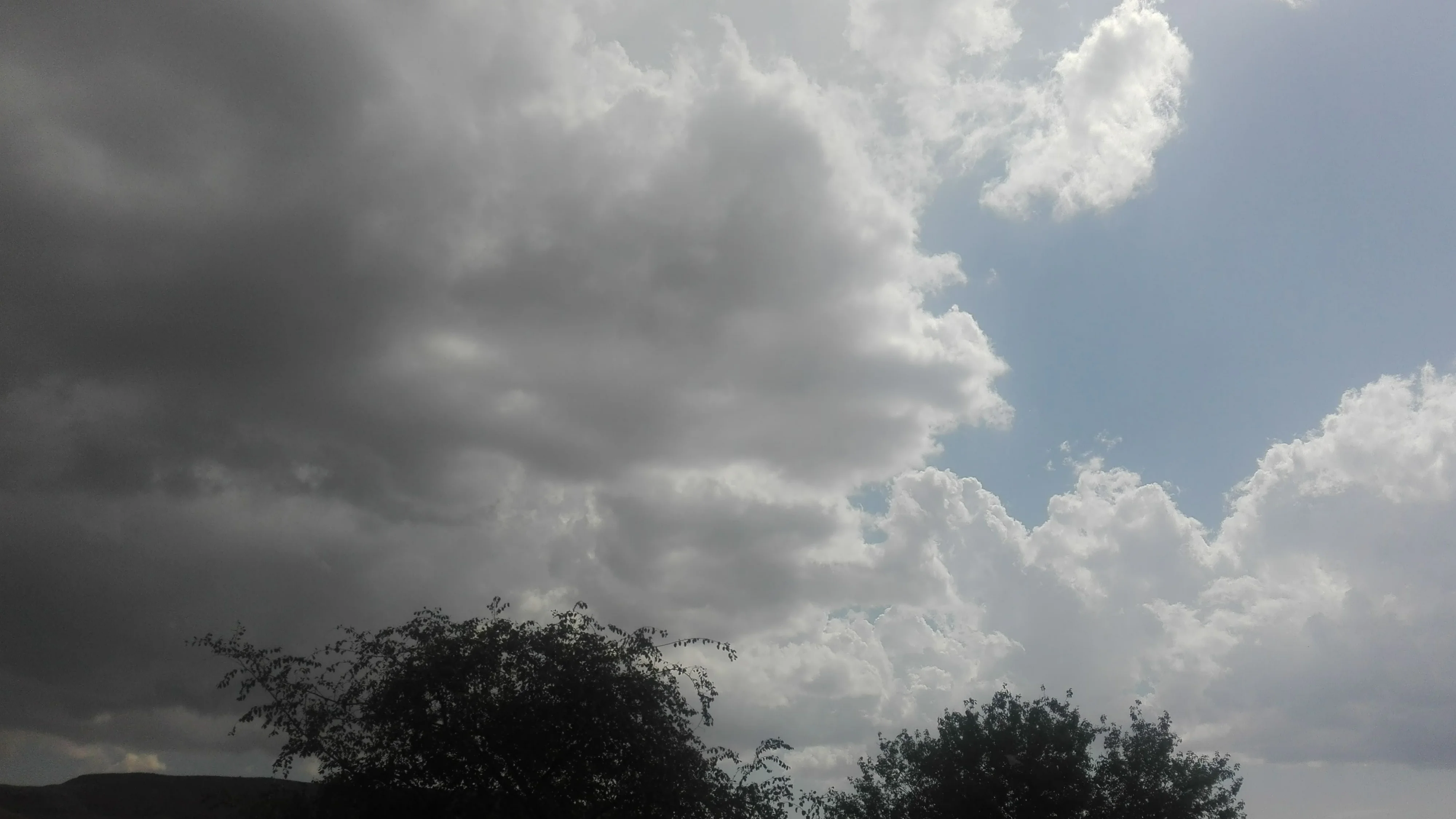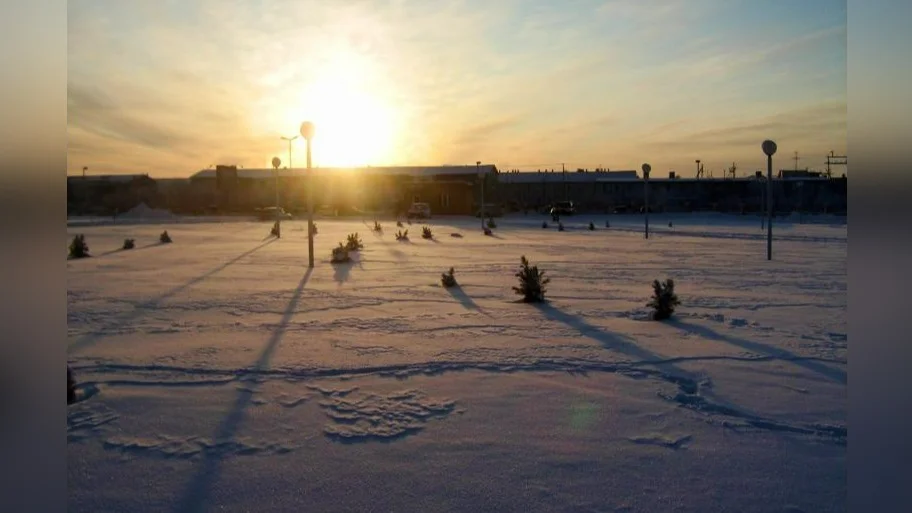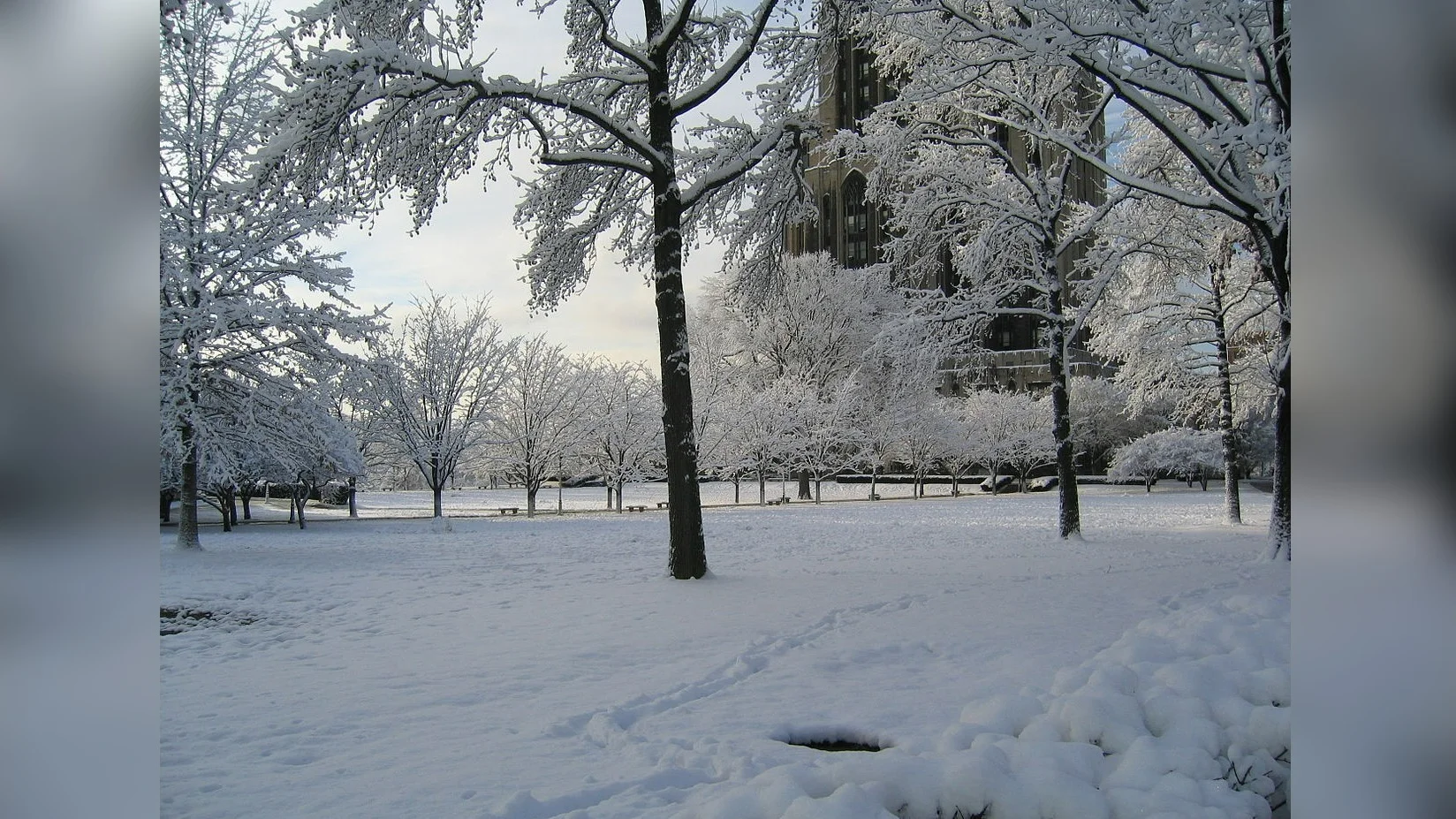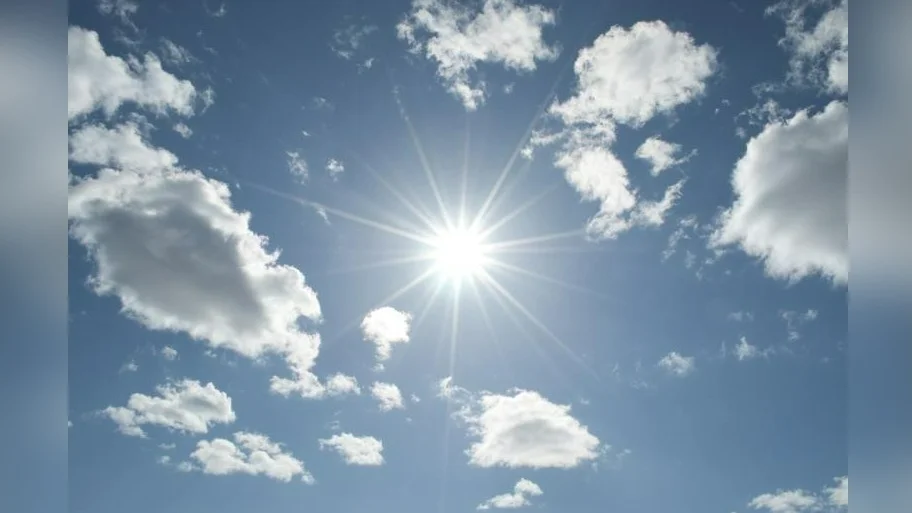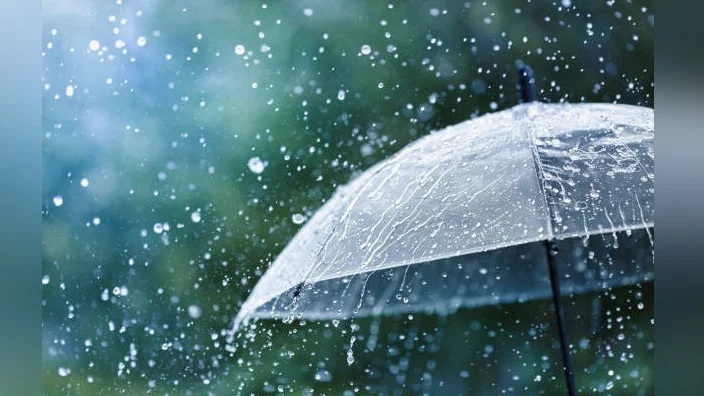Elder Kyle S. McKay, Church Historian and Recorder for The Church of Jesus Christ of Latter-day Saints, joined approximately 150 youth from the Hooper Utah Pioneer Trail Stake in a trek along the Wyoming Mormon Trail from July 7 to 9, 2025. The event aimed to recreate the experiences of mid-1800s pioneers who crossed the central United States seeking religious freedom.
The route taken by the group near Lander, Wyoming, retraced part of the journey made by about 400 pioneers in 1856. This segment is notable for being where members of the Willie and Martin handcart companies faced severe weather and limited resources before meeting rescue parties sent from Salt Lake City.
“This is the first time we’ve opened up this trek in a decade or so,” Elder McKay said. “This trail has meant so much to me over the years, and I know the potential that this place has for providing an amazing experience. And so, when we were finally able to open the trail back up, I wanted to be here.”
The reopened path starts at Sixth Crossing Visitors’ Center—where pioneers crossed the Sweetwater River for a sixth time—and continues over Rocky Ridge to Rock Creek Hollow. According to President Robert Goates, who oversees these historic sites, “This is one of those places where you can say we walked where they went. We know with a high level of certainty that as we cross these trails, you’re seeing what they saw; you’re experiencing what they experienced.”
President Goates and his wife Cynthia supervise missionaries serving at these locations. Sister Goates described their role as caring “for the visitors who come here, especially our trekkers and guests.” President Goates added that while preparation comes from trekking units telling stories, missionaries play an important role in shaping visitors’ experiences.
Senior missionaries are encouraged to apply for service opportunities at these sites. Reservations for church groups and families interested in participating in treks during 2026 will open in mid-September.
Elder McKay emphasized that above all purposes of trek activities is spiritual growth: “There are several purposes of trek, but there’s one overarching purpose that is more important than them all, and that is to come unto Christ.”
President Goates added: “This is sacred ground, but it becomes sacred for very personal reasons to those youth that feel the Spirit here, feel a deeper relationship with their Savior.”
Over three days on this historic trail segment, youth participants engaged with pioneer stories while facing physical challenges similar to those endured by early Latter-day Saints crossing these plains.
“You can feel and you can see God at work in the lives of His children,” said Sister McKay. She observed how stories and feelings from past generations resonated with today’s participants.
Blake Hansen shared his experience: “You can feel the Spirit here when you’re walking along these trails... You can feel the love everyone has for each other.” Lydia Burrows found personal meaning through her family history: “It makes me feel so much more connected... And to realize that they went through really hard things, but through Jesus Christ, they made it.” Emry Miller also carried her ancestor’s name throughout her journey on foot: “I just think of her every single time that I walk... she did harder things... I’m here on a smoother road... but I can do this.”
Elder McKay reflected on how pioneer testimonies persist today: “This trail whispers. And there are those who have gone on before... their testimony still reverberates in these sagebrush-covered fields.” Sister McKay commented on motivation: “What drove people to do what they did was their love for God and their willingness to follow the prophet... That is what drives us.”
During a devotional held on site’s second night, Elder McKay discussed lessons about identity (“You are a child of God”), commitment (citing Levi Savage’s resolve), and help (referencing both historical rescues and his own family story). He highlighted how current generations can act now rather than wishing they could have helped earlier pioneers.
Ultimately Elder McKay pointed out faith as central: “It is [the Atonement]…that made it so any of [the] Martin and Willie company survived at all.” He concluded his message by encouraging youth participants: “I bear witness of [God’s] power…Go and let the world see it. You’re a mighty force for good.”
 Alerts Sign-up
Alerts Sign-up

